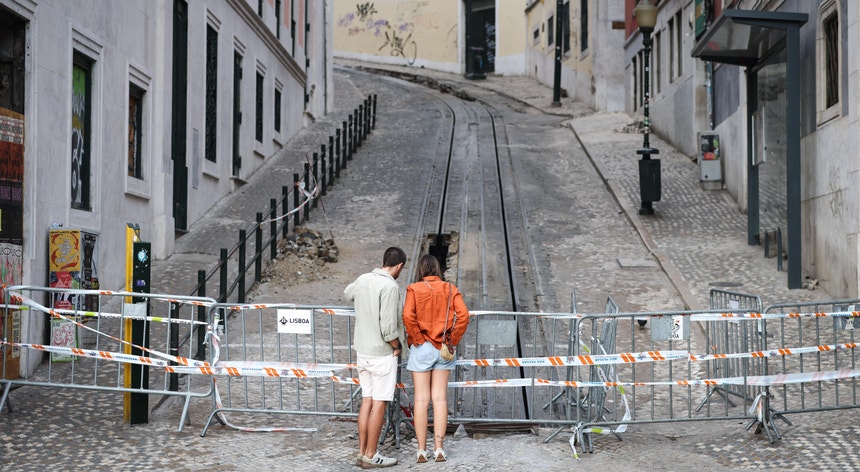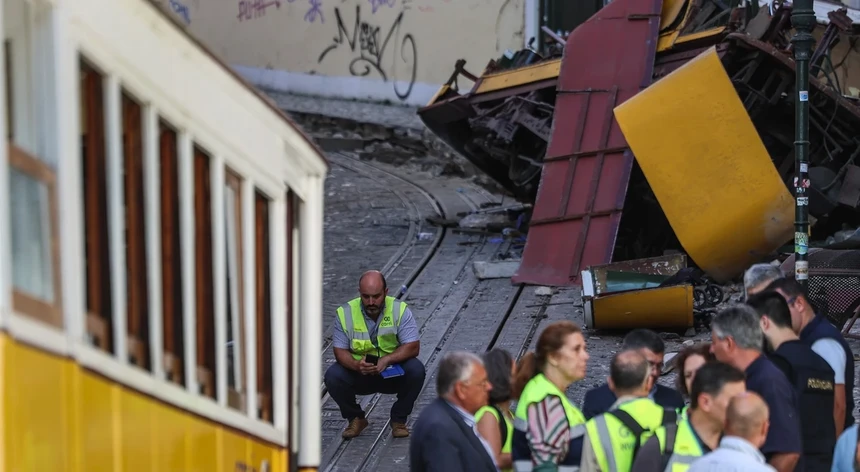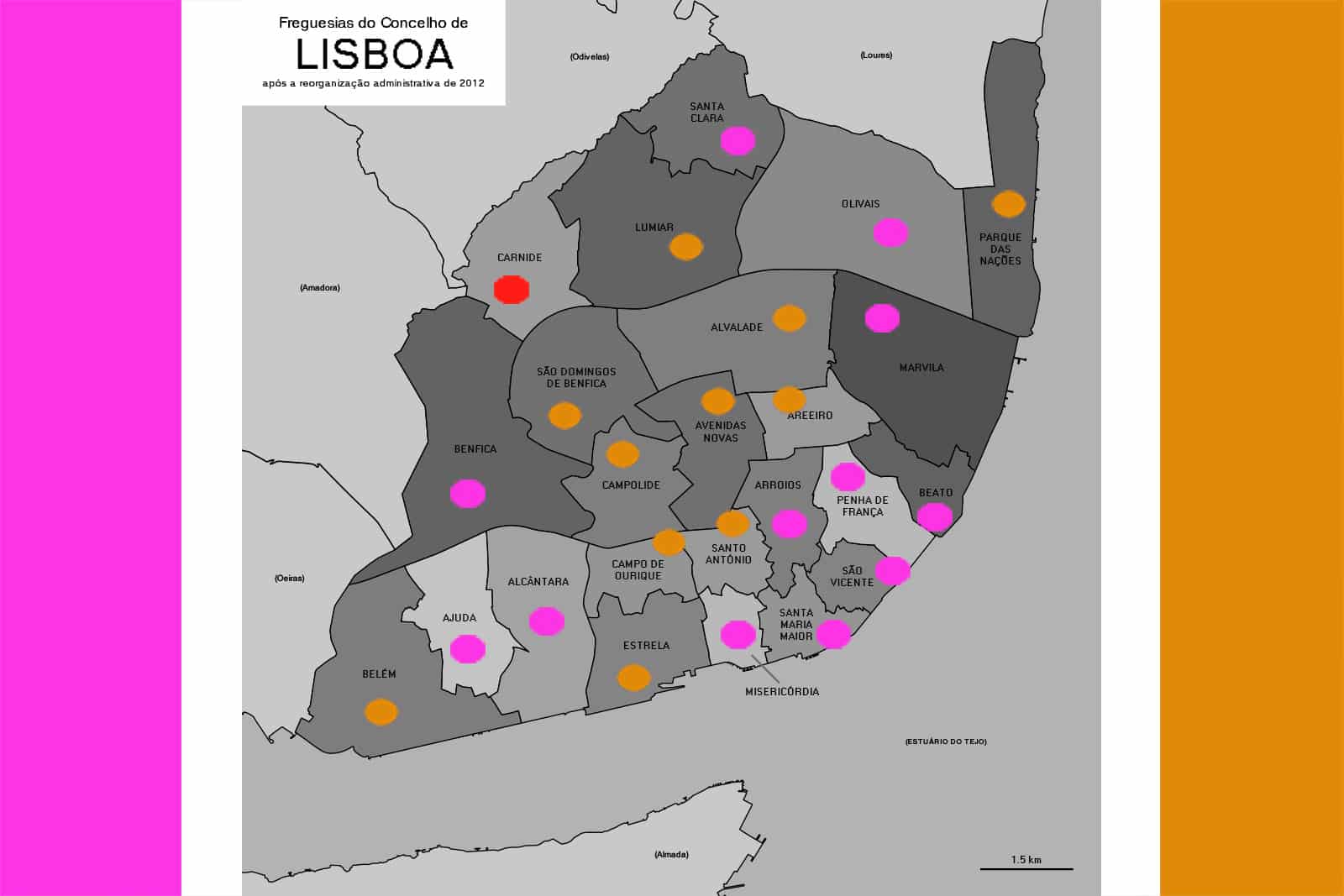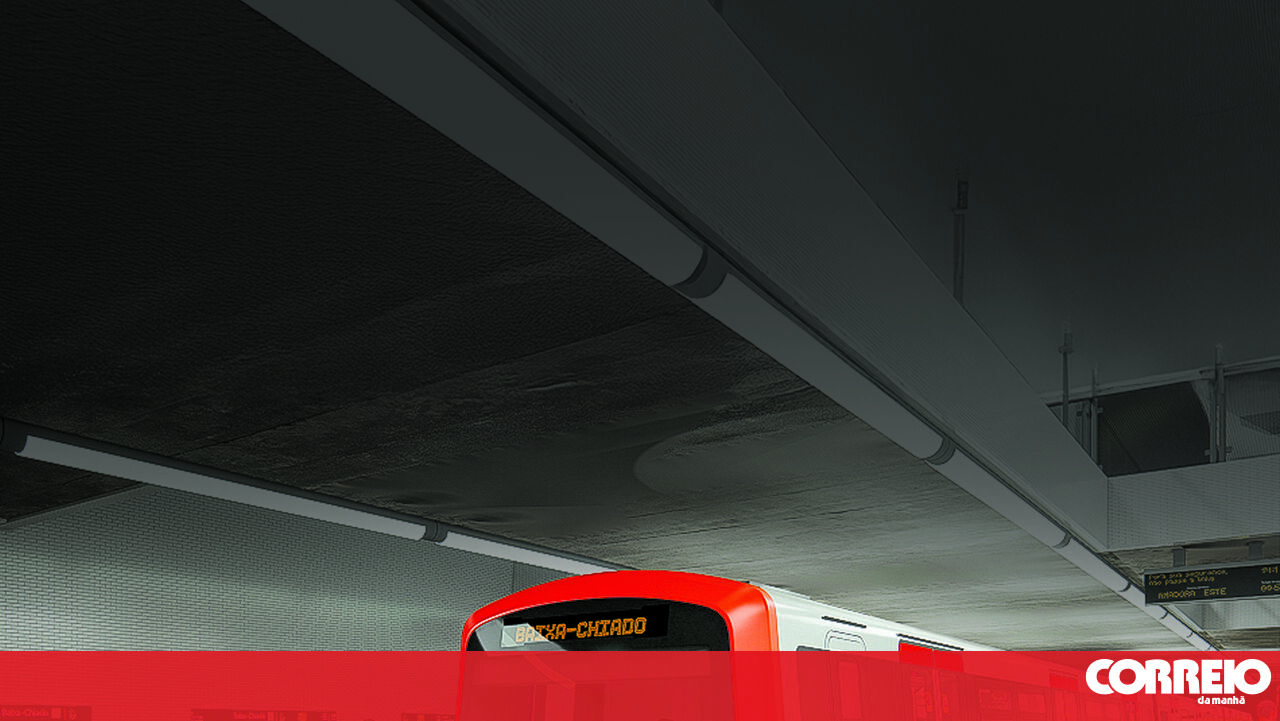Safety Oversight Gap in Lisbon's Iconic Funiculars
According to the Institute for Mobility and Transport (IMT), which oversees the National Railway Safety Authority (ANSF), legislation passed in 2020 removed its supervisory powers over 'cable transport systems' built before 1986 and classified as heritage. This change meant that the historic Gloria and Lavra funiculars in Lisbon were never inspected by ANSF, unlike the Bica and Santa Justa elevators.
The Gloria funicular was declared a national monument in 2002, further complicating regulatory responsibilities.
Selective Inspections Raise Questions
Despite the legal shift, IMT continued to inspect the Bica and Santa Justa elevators, but only as 'a gesture of goodwill and good cooperation' with Carris, the operator of all four historic funiculars in Lisbon. Safety responsibility lies with Carris, and under a European Union directive, ANSF is only tasked with ensuring compliance with rules—described as 'a essentially bureaucratic task involving the analysis of safety certificates and validation of safety management systems,' as reported by Público.
Tragic Incident and Aftermath
The Gloria funicular in Lisbon derailed on Wednesday, resulting in 16 deaths and two dozen injuries. The government declared a national day of mourning, observed on Thursday.
Meanwhile, the Office for the Investigation of Railway Accidents postponed the release of initial findings on the Gloria funicular derailment to this Saturday. A technical inspection conducted on the day of the accident lasted only half an hour and deemed everything operational.
The Gloria funicular connects Restauradores to São Pedro de Alcântara Garden in the Bairro Alto, covering about 265 meters, and is highly popular among tourists.

Source: Lusa





























Comments
Join Our Community
Sign up to share your thoughts, engage with others, and become part of our growing community.
No comments yet
Be the first to share your thoughts and start the conversation!